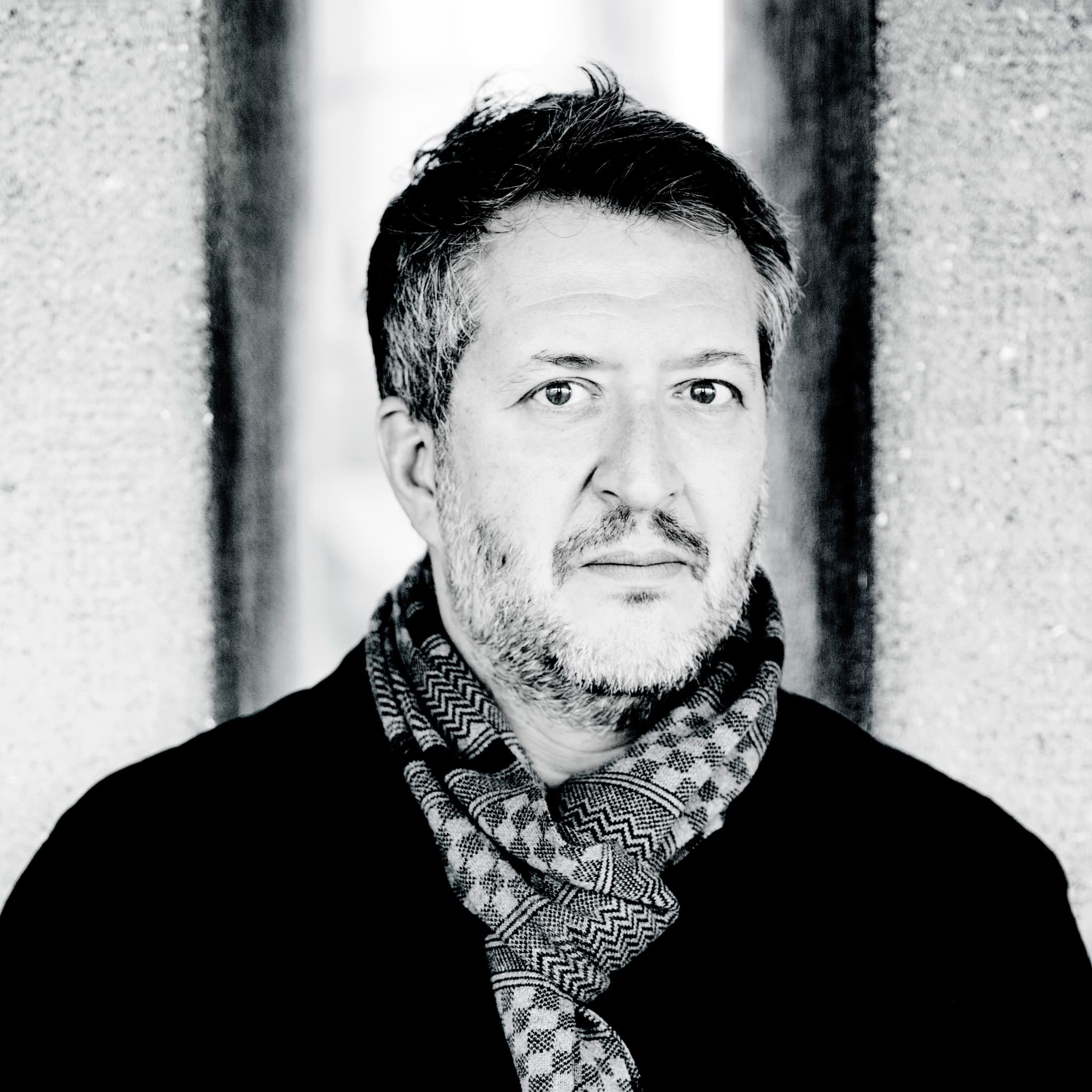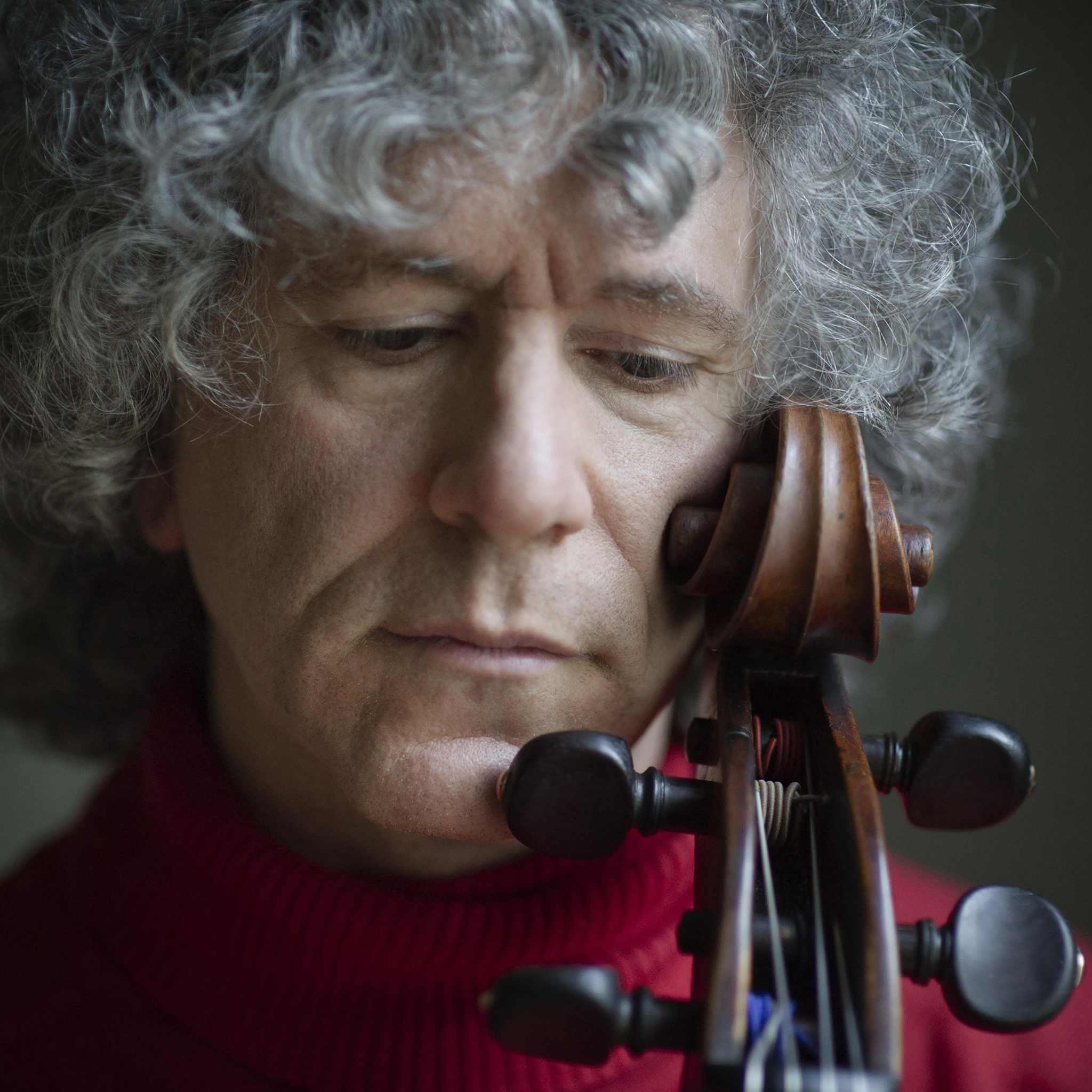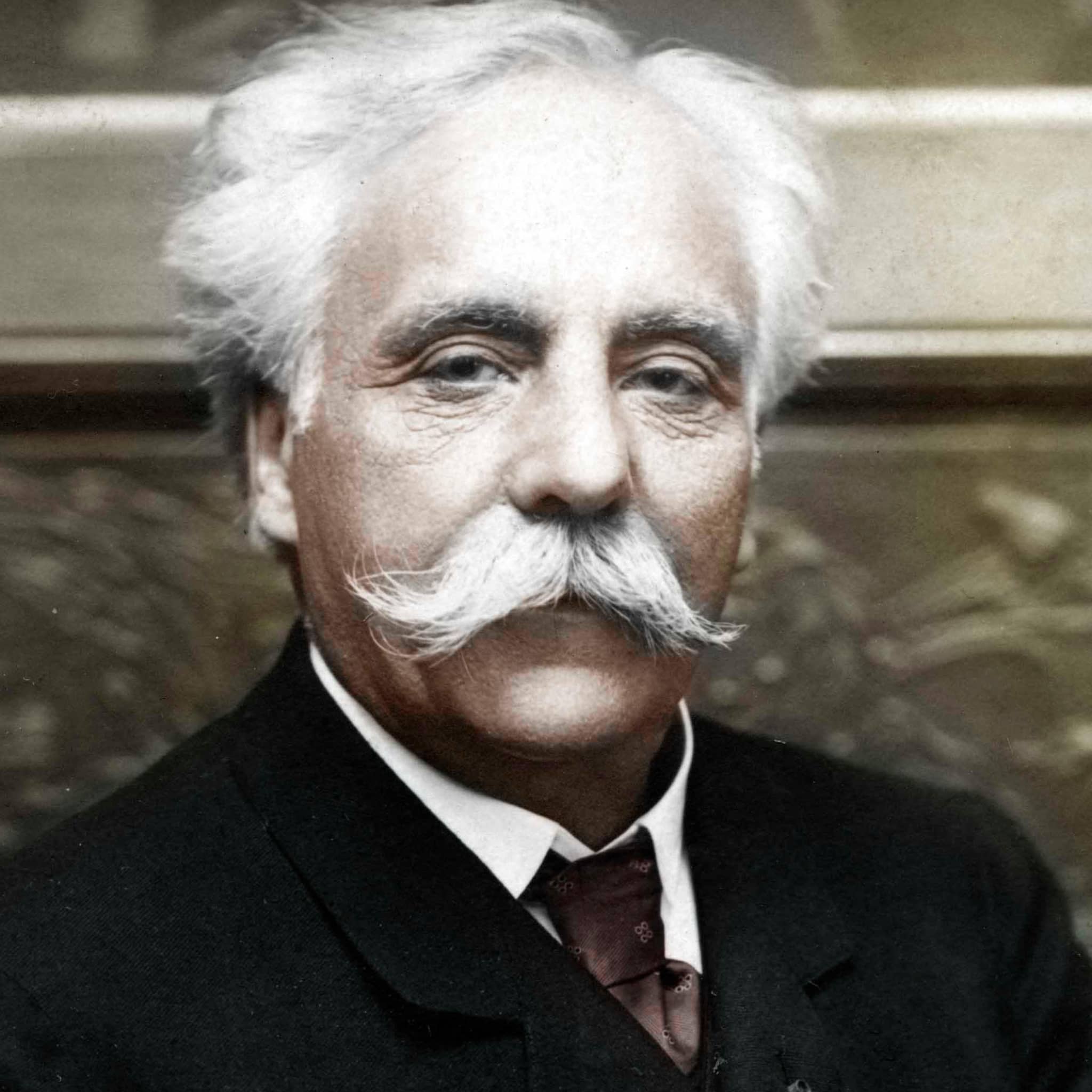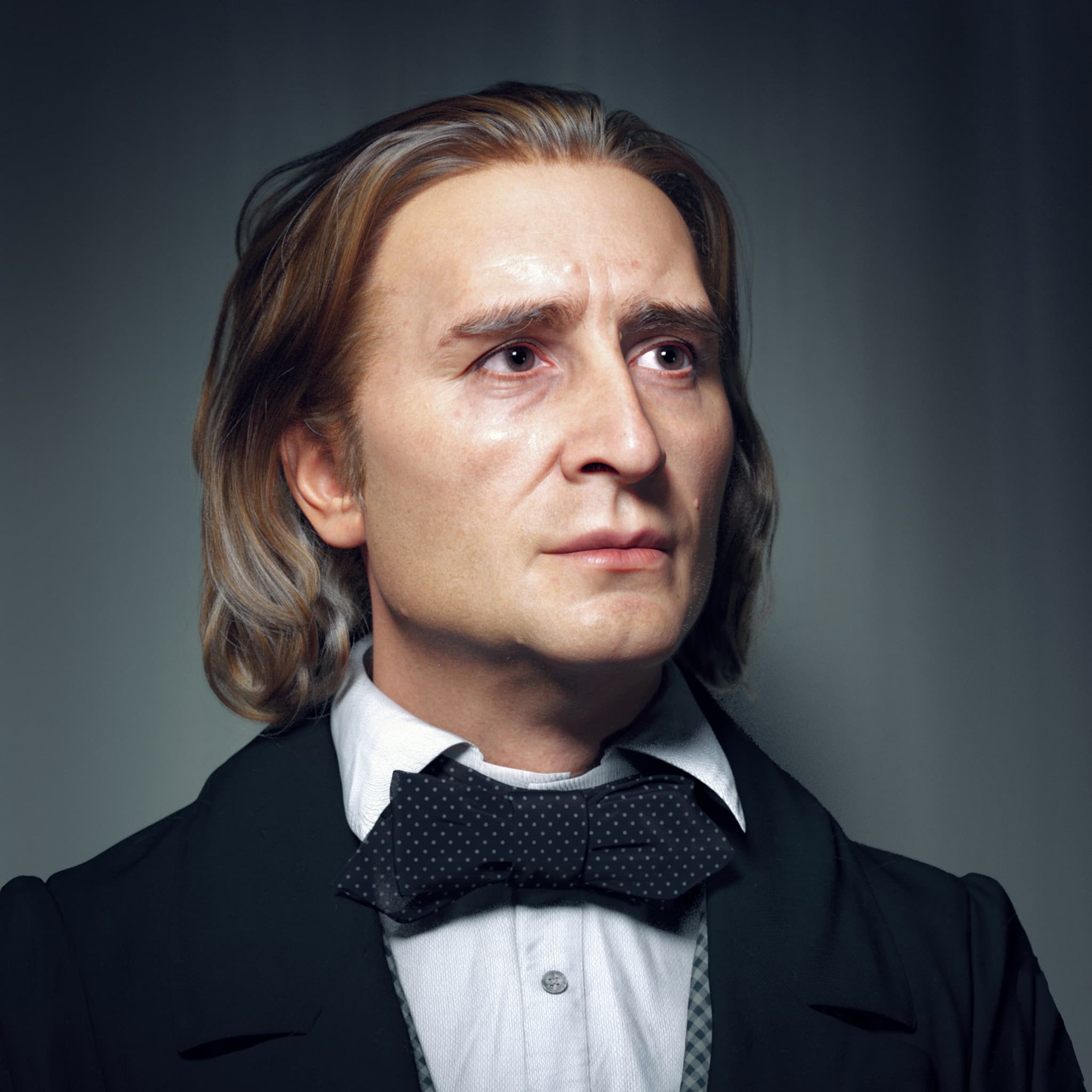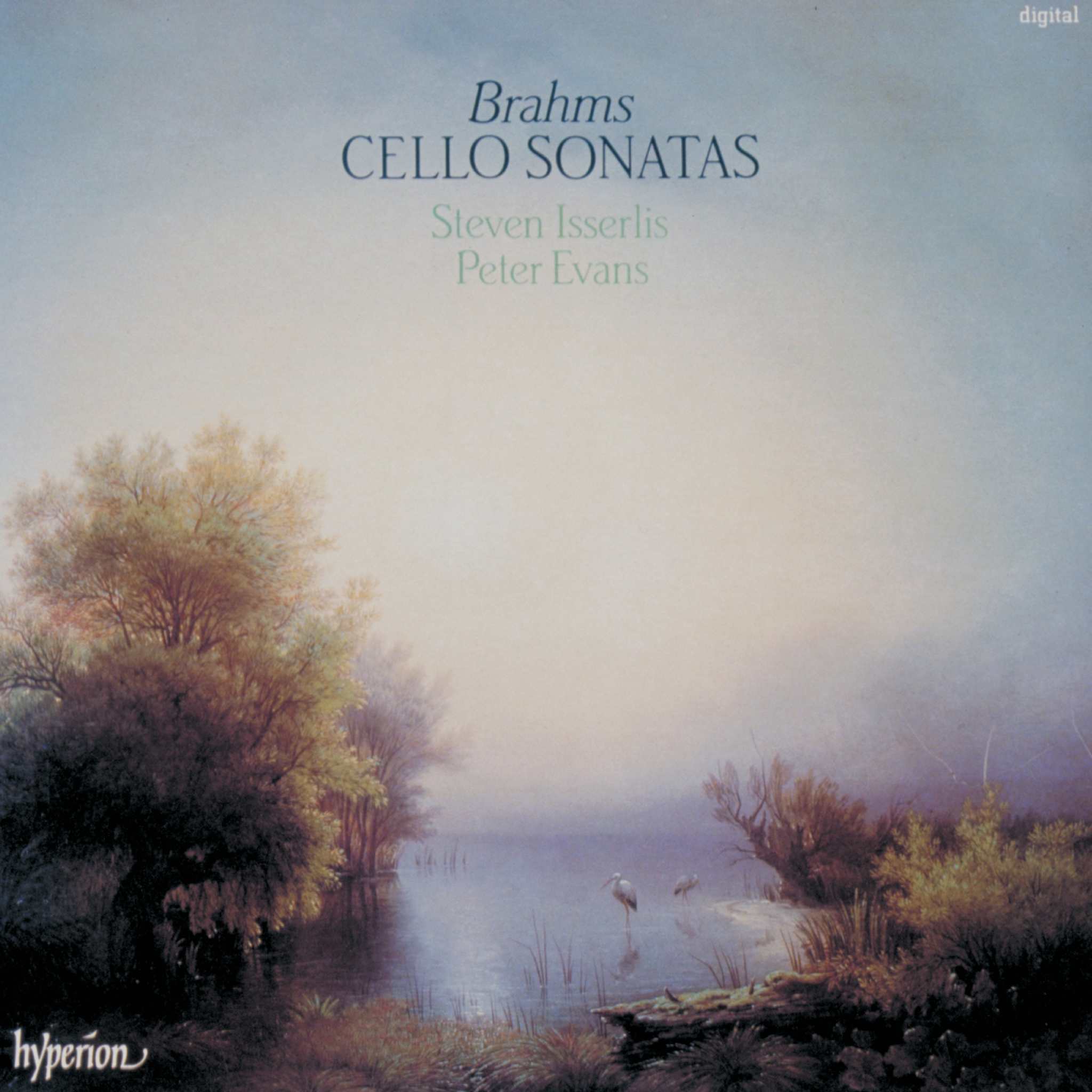Album insights
Felix Mendelssohn-Bartholdy dedicated a significant portion of his short life to playing the piano and conducting throughout Europe at a frenetic pace. Due to his busy schedule, he often did not have time to write down the music that he had already worked out in his head, including the E minor Violin Concerto promised to his friend Ferdinand David in 1838. Six years later, during a break from his hectic concert life, Mendelssohn composed the concerto while on vacation in Bad Soden with his family, a spa town near Frankfurt in the Taunus.
After consulting David on technical details in the solo part, Mendelssohn premiered the concerto with Niels Gade conducting the Gewandhaus Orchestra in Leipzig the following year. The freshness and originality of this piece have always impressed listeners, with numerous innovations and surprises, such as introducing the soloist right at the beginning of the first movement instead of after the usual orchestral introduction. The cadenza is also unique, seamlessly integrated into the first movement, acting more as an organic link to the recapitulation of the main theme rather than a showcase for virtuosity. The first two movements are interconnected, with the Andante leading into an introduction derived from the first movement and then transitioning into the brilliant Allegro molto vivace with its exuberant dance-like theme.
Nearly 25 years later, Max Bruch completed the work that would make him world-renowned—his First Violin Concerto. Borrowing elements from Mendelssohn's concerto, notably the linkage of movements, Bruch's piece features a dramatic start, a substantial "Vorspiel," leading into a beautiful and moving slow movement. The finale concludes the work in a brilliant virtuosic style. Initially considering naming the piece "Fantasie," Bruch followed the advice of the Hungarian violinist Joseph Joachim, who also premiered the final version of the concerto in 1868.
While Bruch composed two more concertos and various shorter pieces for violin and orchestra, none achieved the same level of popularity as his first concerto. Towards the end of his life, he created works for the viola, including the Eight Pieces for Clarinet, Viola, and Piano, a Double Concerto for Clarinet and Viola, and the Romanze in F major for viola and orchestra. Although dedicated to French violist Maurice Vieux, the premiere featured Bruch's friend Willy Hess. The orchestration of the Romanze is straightforward, following a sonata form structure with a delicate noble opening theme and a rhythmically emphasized second thematic group with a dialogue between viola and first clarinet, foreshadowing the Double Concerto Bruch completed that same year in 1911.


